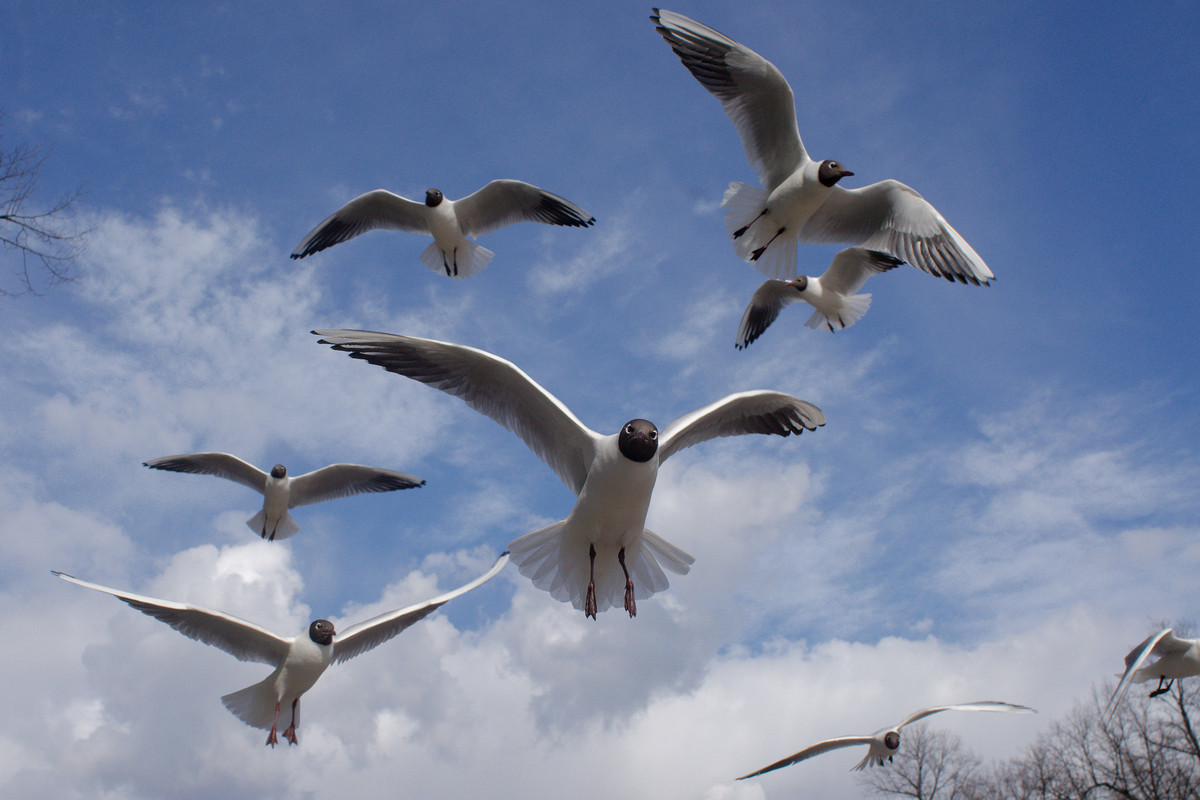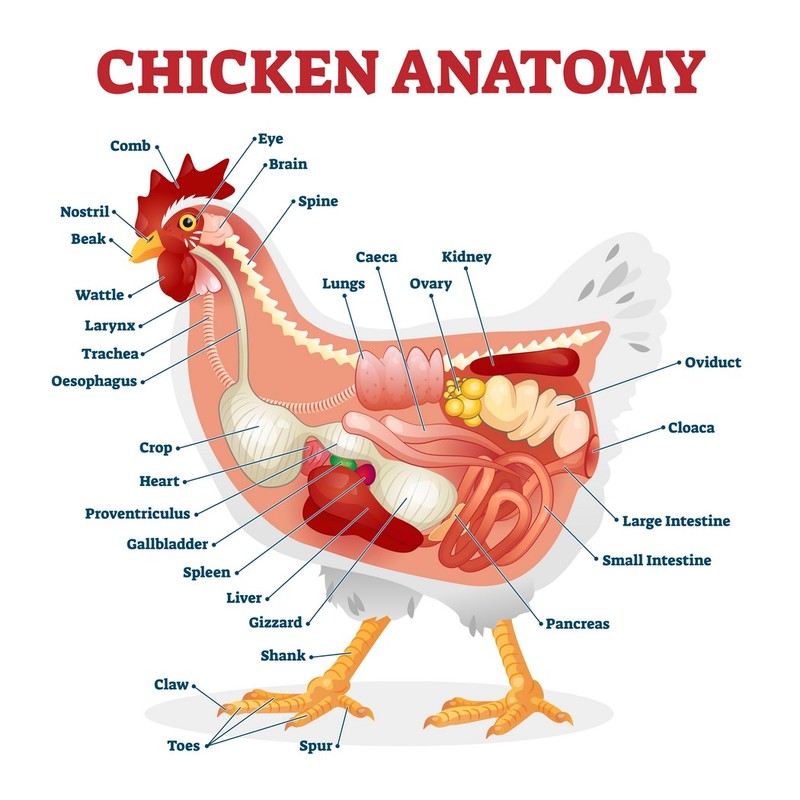Birds
 Birds are vertebrates with feathers, wings and a beak. This makes birds easy to distinguish from other vertebrates. However, distinguishing one bird species from another is a different matter: there are over 9 000 bird species in the world.
Birds are vertebrates with feathers, wings and a beak. This makes birds easy to distinguish from other vertebrates. However, distinguishing one bird species from another is a different matter: there are over 9 000 bird species in the world. Birds have adapted to flying. They have light, hollow bones, as well as effective circulatory and respiratory systems. Their wing feathers help them to stay in the air, whereas their down feathers protect them from the cold.
Birds only have two legs, as their front limbs have developed into wings.
Female birds lay eggs and brood over them in their nests. The egg develops into a young bird that grows into a flying, adult bird over the course of several weeks or months.
Characteristics of birds:
 Different bird species have different legs: flamingoes have long legs, whereas swifts have short legs.
Different bird species have different legs: flamingoes have long legs, whereas swifts have short legs.- Birds apply oil to their feathers. This protects them from water.
- Many bird species have excellent eyesight and hearing.
- The structure of a bird's beak depends on what kinds of things it eats.
- Birds sing in order to mark their territory and to attract mating partners.
- Some birds, such as the crow, are very smart animals. Many bird species are quick learners.